How AOC leverages Bronx-style communications
July 25, 2019
Layla Zaidane, COO of Millennial Action Project, which aims to bridge partisan divides by mobilizing young people into office, highlights AOC’s transparency in her communication, “Breaking down the barriers between who we’ve traditionally seen as holding the power and sharing that with the people who put her there, the voters and general public, is an inclusive way to build civic engagement.”

Bronx native and PRWeek intern Sabrina Sanchez spends time with Alexandria Ocasio-Cortez and canvases experts on both sides of the political divide to assess whether the groundbreaking congresswoman’s unique brand of communications is a positive or negative force.
On a June morning outside the Bronx Supreme Court on 161st Street, people gather for the Bronx Pride Parade waving flags, while street vendors in rainbow apparel lurk close behind and speakers prepare to present from a nearby platform.
I stand away from the crowd to get a better view and watch the moment she arrives. From the corner of my eye, I see a small group walking up the street, with one person front and center, bright-red lipstick immediately recognizable.
And then it’s like a swarm of buzzing bees. “Oh my God, it’s Alexandria Ocasio-Cortez,” one person whispers to another. Suddenly, in unison, people take out their phones and turn their heads away from the speaker, drawn like magnets to the youngest member of Congress.
The representative for the 14th congressional district of New York greets her fellow Bronxites with hugs and smiles. Looking them in the eye, she holds their hands and thanks them for their support. She kneels to greet a little girl, and then asks everyone to please be respectful of the speaker and turn back around.
Soon, it is AOC’s turn to speak. “Bronx style,” she asks the DJ, to make sure radio horns blare after her main talking points. No script or preparation, she says, “You’ll know,” and he did. As she raises one finger in the air to mark emphasis, the crowd listens intently, roaring with cheers after every horn.
After the speeches, the march heads down Grand Concourse toward 149th Street. A few people separate me from AOC on the narrow sidewalk. I follow her nude heels with my eyes, and bob and weave.
People around me are cheering. Others are practically walking into cars on the street to get a good look. Suddenly, I am at the front, behind the banner that precedes her arrival, standing next to the freshman representative, Alexandria Ocasio-Cortez.
I pluck up the courage to introduce myself and ask her about the challenges of becoming so high profile in such a short space of time, especially on social media. She speaks candidly, as though we are longtime friends.
“Sometimes people try to isolate you or make you feel like you’re super [confrontational]. And every time I come back to the community, this is the feeling that surrounds us,” she says, referring to the cheers of support around her. “It makes me feel we’re on the right track even though lawmakers in DC try to make you feel you’re doing the wrong thing.”
Other people speak to her, try to get her attention and run in front of the banner for photos. I fall behind but push my way back to the front, Bronx style.
“It’s important to do interviews, but if you just rely on that, you’re always relying on someone else’s filter and interpretation of what you said,” she explains. “Social media is the one thing that lets me communicate directly to people.”
Since beginning her term in January 2019, the youngest woman ever elected to Congress has distinguished herself from other members of the House of Representatives with her authenticity, lipstick and, most notably, how she communicates.
The 29-year-old has mirrored President Donald Trump in her use of social media, but she doesn’t confine herself to Twitter and recently used Instagram Live as well to share her thoughts on immigration detention centers.
Part of a four-strong, self-styled “squad” of newly appointed progressive Democratic congresswomen — along with Rashida Tlaib, Ilhan Omar and Ayanna Pressley — Ocasio-Cortez constantly makes headlines, bringing national attention to the Trump administration’s most controversial issues.
The freshman representative turns the heads of constituents, fans, critics and Trump, with more than 4 million Twitter followers, making her the most-followed member of Congress and one of Time magazine’s most influential people on the internet.
Her office uses the platform not only to convey personal thoughts but also to discuss policy issues and bills she endorses, giving a direct line of access to everyday people who want to know what goes on inside the House of Representatives.
“Who she is online is who she is in person,” says Rodell Mollineau, partner and Democratic strategist at public affairs firm Rokk Solutions. “She’s not putting on airs. She’s just being herself.”
A recent Netflix documentary entitled Knock Down the House depicts Ocasio-Cortez in her most natural and vulnerable state, the opening scenes portraying her getting ready and working as a waitress while canvassing and collecting signatures. Her campaign was run on the fundamental message that she is a normal citizen who desires to be the change she wants to see, making many feel they know her personally.
“I never really saw myself getting into politics,” she admits in the film, making it known she took a leap of faith because she believes in a cause.
Layla Zaidane, COO of Millennial Action Project, which aims to bridge partisan divides by mobilizing young people into office, highlights AOC’s transparency in her communication.
“Breaking down the barriers between who we’ve traditionally seen as holding the power and sharing that with the people who put her there, the voters and general public, is an inclusive way to build civic engagement,” says Zaidane. “Our generation has grown up being able to discern the difference between really authentic communication and brand-oriented communication.”
Zaidane believes Ocasio-Cortez “built a lot of trust among young people,” which she considers “one of the most important things [she] can do, given young people have lost faith in institutions and Congress in particular.”
AOC’s overarching message to Americans is they can trust her to “do something about it.” When challenged by established politicians in both the Republican and Democratic parties, the congresswoman responds swiftly and without fear.
In a House Financial Services Committee in March, Ocasio-Cortez was invited by Rep. Andy Barr (R-KY) to his home state to see how her Green New Deal policy would impact coal miners, which AOC accepted without hesitation.
“I’d be happy to,” she said, defending her proposal by noting it calls for “fully funding the pension of coal miners in West Virginia and Appalachia,” because supporters of the bill want a “just transition” that will invest in jobs in those regions.
The Green New Deal is a congressional resolution submitted by AOC and Sen. Ed Markey (D-MA) intended to address climate change, including greenhouse gas emissions and fossil fuels. In theory, the deal would threaten the jobs of workers in coal or fossil fuel industries while aiming to guarantee new jobs in clean energy.
When Rep. Barr retracted his invitation, AOC planned a visit anyway, backed by her communications director, Corbin Trent, who just happens to hail from Kentucky.
Trent connected with Ocasio-Cortez around the time of her invitation to join progressive PACs Brand New Congress and Justice Democrats, which facilitated her grassroots campaign in the Bronx against Congressman Joe Crowley.
“The biggest shared goal is removing the corrupting influence of money and politics. The idea is to provide an alternative path to Congress outside the current one that exists. Right now, we have a path through lobbyists and special interest groups,” Trent said at the time of the campaign, as depicted in the Netflix documentary.
While Ocasio-Cortez has been praised for her honest, direct style of communication, her outspokenness and headstrong spirit, especially online, has also attracted significant backlash, most often from conservative critics but also from fellow Democrats. Detractors have painted her as impassioned and irrational, and a threat to politics as we know it if left unchecked.
“[Conservatives] held her up as the face of socialism, and all that’s wrong with America and Democratic politics,” says Emily Robinson, senior account strategist at Democratic-leaning PR firm BerlinRosen.
A recent internal Democratic poll shows many feel the saturation of media coverage of AOC’s progressive remarks threaten the party in swing states and turn off moderate Democratic voters.
“[Her social media strategy] is working for her, but people are questioning whether it’s working for the party,” says Rochelle Ritchie, former House Democrats press secretary, adding that a public display of in-fighting within the Democratic Party and with Speaker of the House Nancy Pelosi only serves as bait for President Trump to exploit in his campaign.
Ritchie feels the blanket coverage of AOC distracts from the bigger issue of the presidential election.
“I have no idea what Kamala Harris did today. I don’t know what Elizabeth Warren did last night. I don’t know where Bernie Sanders was, because the headlines were all about ‘The Squad,’” she says. “But they’re not running for office.”
Ocasio-Cortez refuses to soften her stances, however, looking to both the criticism and praise of her forthrightness as an indicator she is affecting change.
After a series of tweets posted by President Trump called out the squad and suggested they “go back to where they came from,” AOC responded on Twitter and then held a press conference with her colleagues.
Strategically, her first statement was directed at the people, and her references to Trump didn’t mention the president by name. Instead, she recalled her first trip to Washington, DC, as a little girl, when her father rested her on the Lincoln Memorial Reflecting Pool and pointed at the Washington Monument and the Capitol.
“‘This belongs to all of us,’” she recalled him telling her. “‘This belongs to you, and it belongs to me.’ So the first note I want to tell children across this country is that, no matter what the president says, this country belongs to you,” AOC added.
Adam Belmar, a former White House staffer under the George W. Bush administration and political consultant and partner at EFB Advocacy Group, says, “She’s never just talking to talk. She’s always got a reason for what she’s doing. She’s purpose driven that way. That’s something people are coming to know and respect about her. She’s doing the work of being a congresswoman.”
Still, her anecdotes, rhetoric and impassioned tone don’t connect with everyone. The likes of Rep. Sen. Lindsay Graham (R-SC) called AOC and the Squad “anti-American” and “anti-Semitic” on Fox and Friends, comments later reiterated by Trump on Twitter.
Since her arrival on the congressional scene, AOC has positioned herself as a stakeholder on national issues, a strategy not everyone finds beneficial to her agenda or her constituency.
“She views herself as a national or even global leader on a bunch of issues that are not necessarily related to things in her own district,” says political strategist and CEO of the Vogel Group, Alex Vogel, a frequent commentator on Fox News.
He believes her advocacy for national issues on Twitter and in Congress may work against her at the polls, suggesting she should be more involved locally.
“Social media is great. Engaging with constituents through online forums is fine,” he adds. “But that is not a substitute for people being able to show up and say, ‘I walked into the congressman’s office, I told them my problem, I met with them.'”
Vogel notes that one of the reasons AOC won her district’s Democratic primary in June 2018 was because she beat a powerful 20-year, 10-term incumbent in Crowley who had lost touch with his own district.
Lee Carter, president of strategic consultancy Maslansky + Partners, emphasizes the value of AOC going beyond her community.
“She’s setting the agenda. She’s able to connect in a very authentic way with the people she wants to connect with,” she says. “How else would we be watching her assemble Ikea furniture, drinking wine and talking to us and feeling like you get to know her in a different way?” adds Carter, in reference to AOC’s Instagram Live channel.
Through it all, AOC unapologetically pushes forward — and, so far, always seems able to bounce back. And the Bronxites at the pride parade in June certainly didn’t seem to have a problem with the way she is going about her business.
Ever since our encounter there, whenever Alexandria Ocasio-Cortez speaks her mind, regardless of the outcome or political stance, I imagine radio horns blaring in the background immediately afterward – Bronx style.
How AOC leverages Bronx-style communications
On a June morning outside the Bronx Supreme Court on 161st Street, people gather for the Bronx Pride Parade waving flags, while street vendors in rainbow apparel lurk close behind and speakers prepare to present from a nearby platform. I stand away from the crowd to get a better view and watch the moment she arrives.
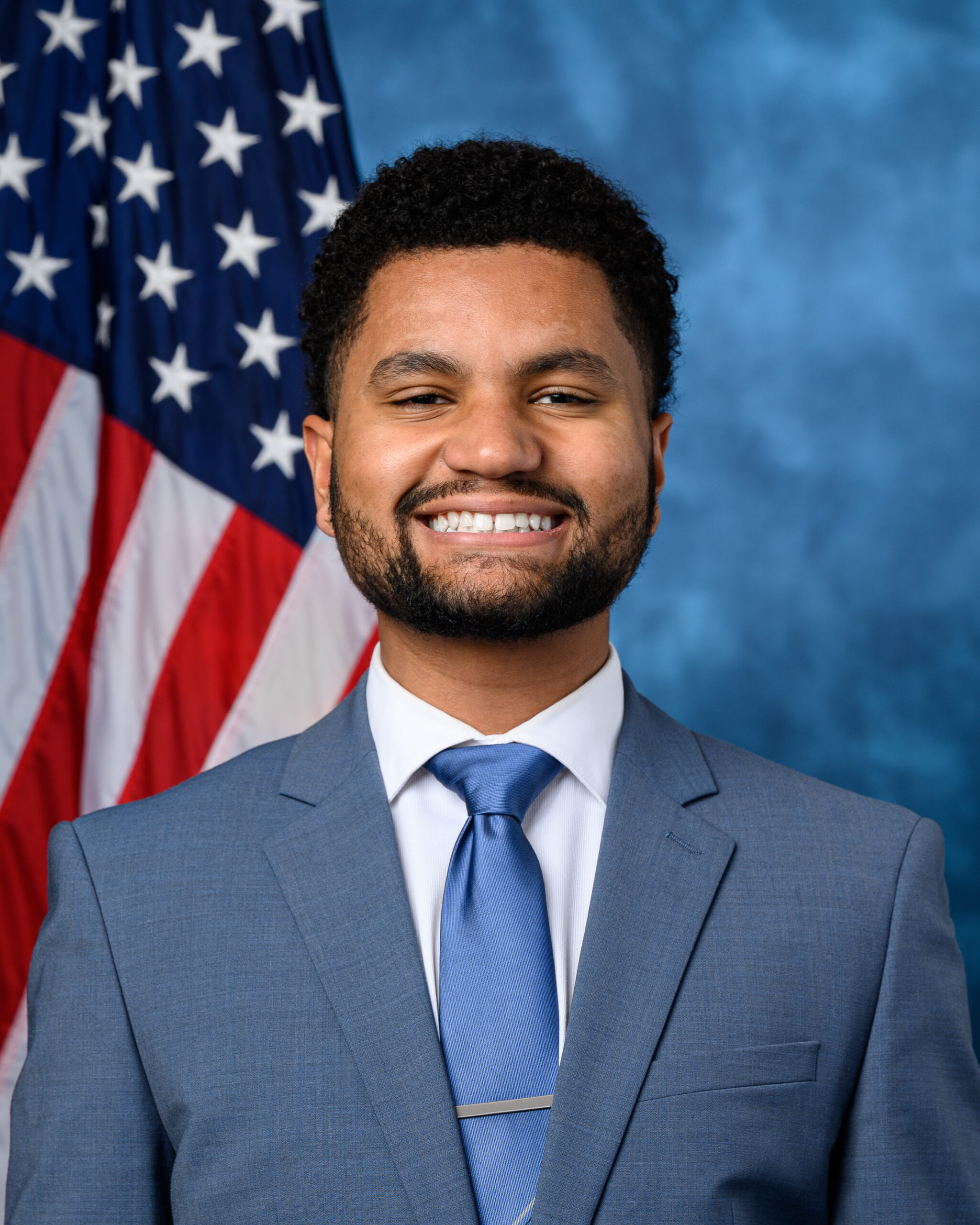
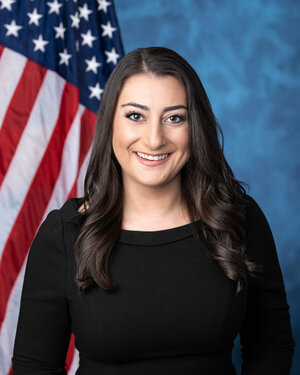

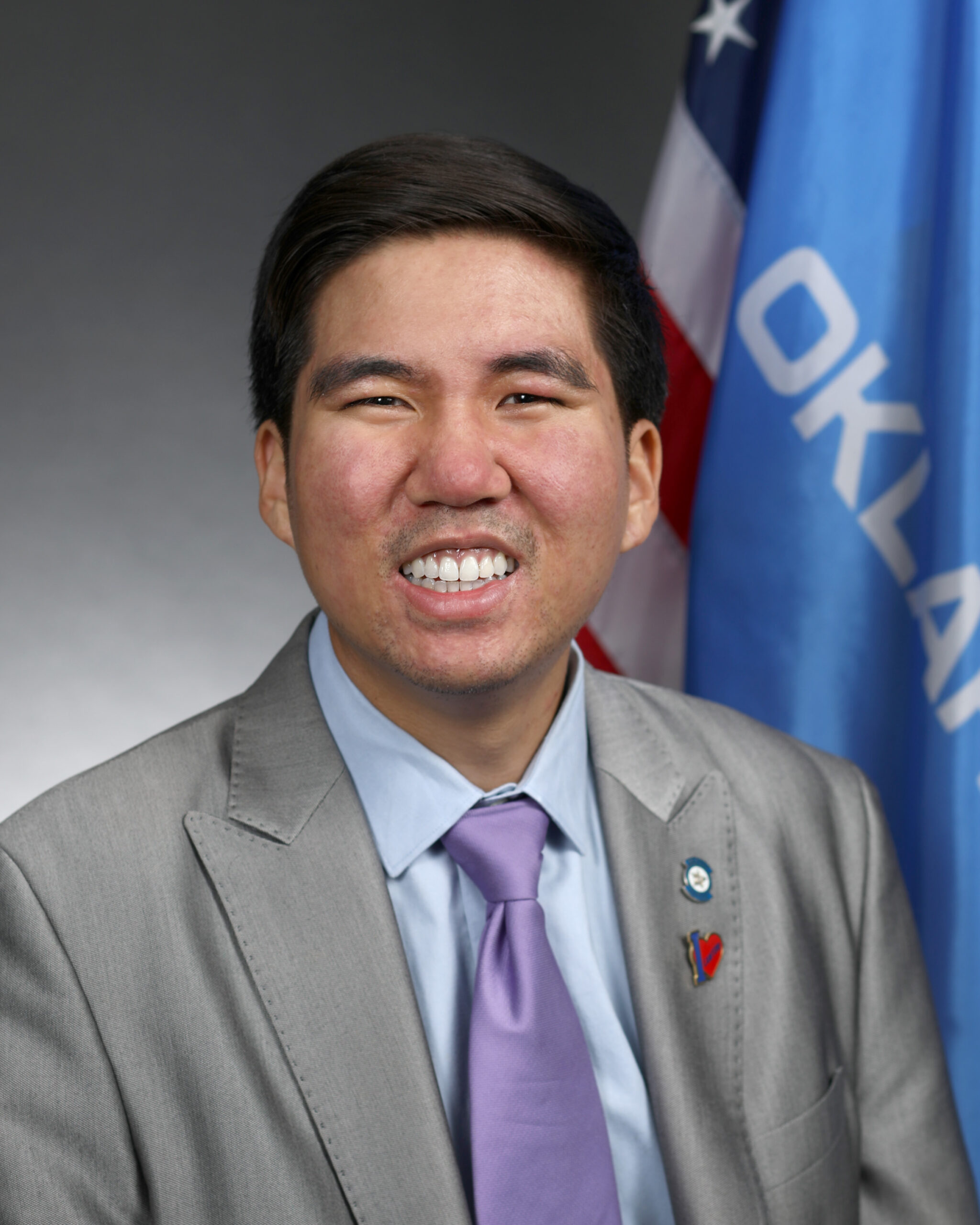
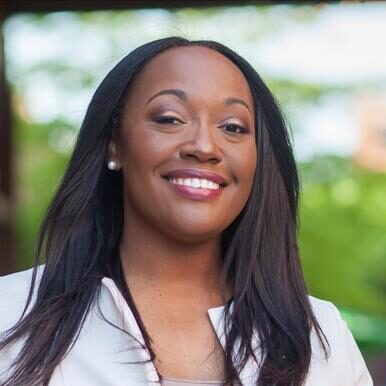
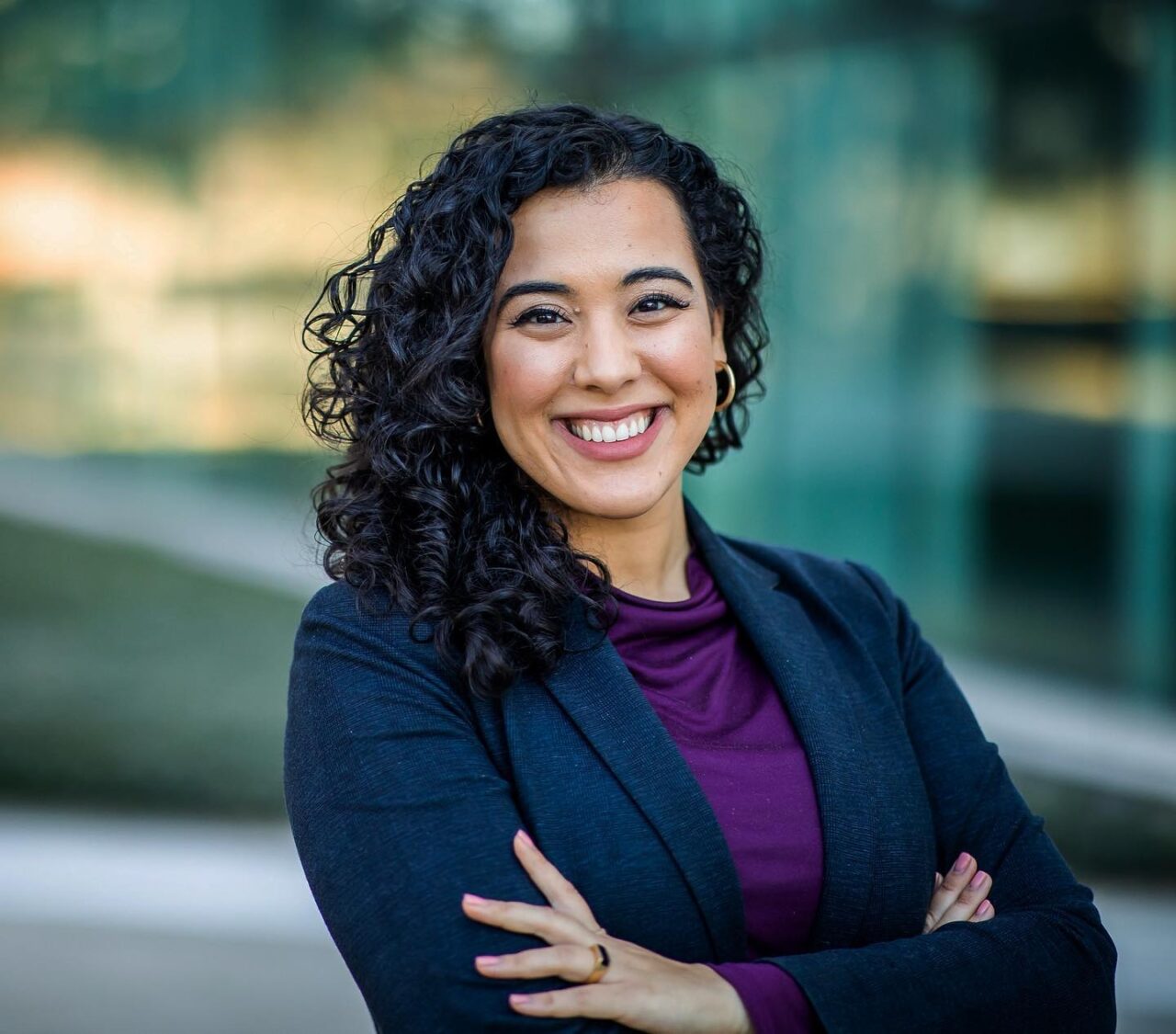
Join 1,800+ BIPARTISAN LEADERS NATIONWIDE
Be a part of a network of lawmakers committed to governing effectively, passing more representative public policy, and increasing public trust in democracy.